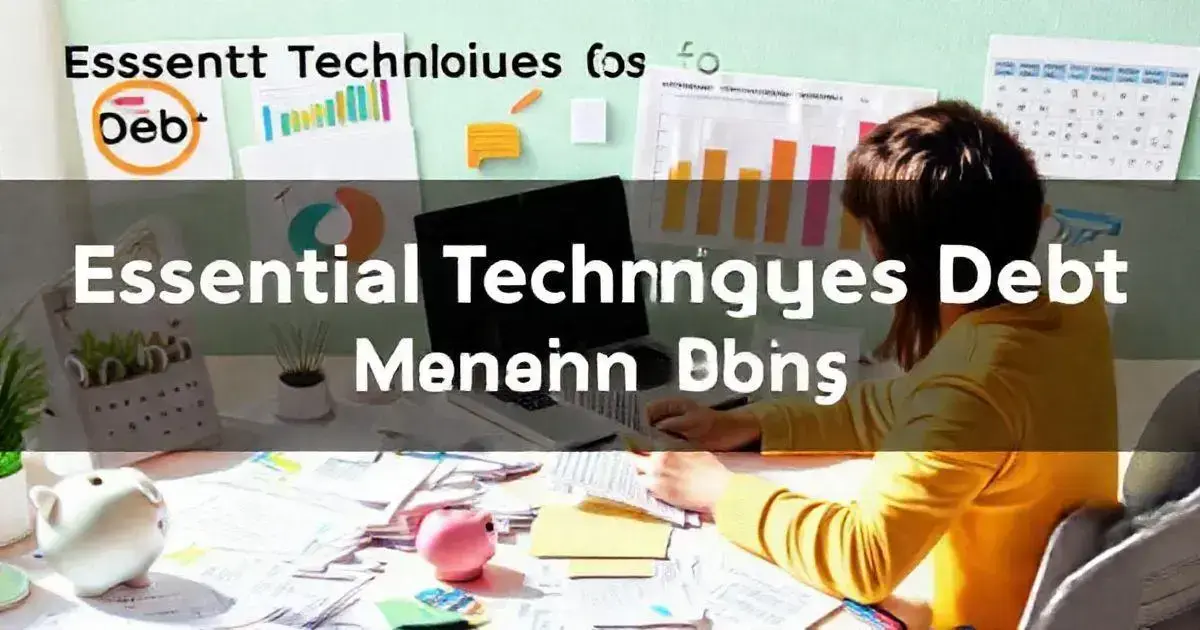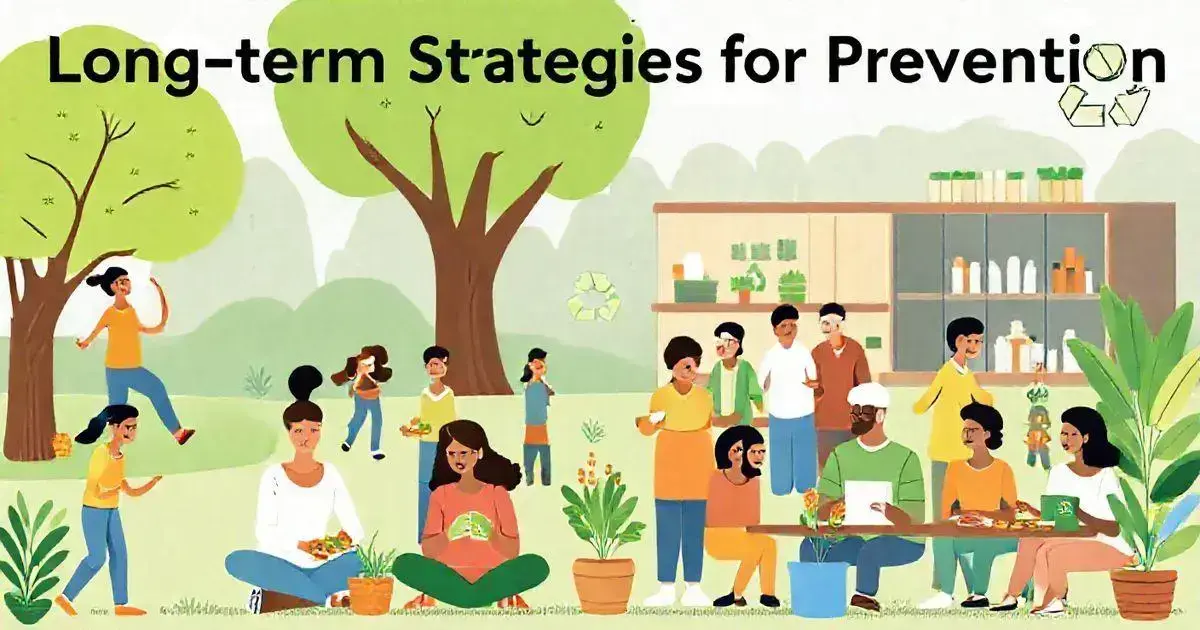Credit card debt management techniques are crucial for taking control of your finances. Understanding your credit card terms, like interest rates, can help you avoid accumulating more debt. With the right strategies, you can reduce your balance and regain financial stability.
Creating a budget and using methods like debt snowball can help you prioritize payments. Negotiating with creditors for lower interest rates can also ease the burden.
Regularly reviewing your statements and using tracking tools will keep you on track. Want to learn more effective ways to manage your credit card debt? Keep reading!
Understanding Credit Card Debt
Understanding credit card debt is crucial for anyone who uses credit cards. Credit card debt occurs when you owe money to your credit card issuer due to your purchases. Each month, you receive a statement showing your balance, but if you don’t pay it in full, interest accrues. This can lead to a vicious cycle of debt.
Many people find themselves in this situation due to unplanned expenses or overspending. It’s important to know that credit card debt can affect your credit score, making future borrowing difficult.
To manage your credit card debt effectively, Credit card debt management techniques are essential. You should first understand the terms of your credit card agreement, including interest rates and fees. This knowledge will help you make informed decisions about making payments.
Regularly reviewing your spending and sticking to a budget can also mitigate the risk of accumulating credit card debt. Knowing what you can afford to spend on your credit card is essential to staying out of deep financial trouble.
Essential Techniques for Managing Debt

Managing credit card debt is essential for financial health. There are several techniques you can use to manage your debt effectively. First, creating a budget can help you track your expenses and ensure you don’t overspend. Knowing your limit is key to preventing further debt accumulation.
Another effective technique is the debt snowball method. This involves paying off your smallest debts first, which can motivate you to tackle larger amounts over time. Focus on making more than the minimum payment on these accounts.
Additionally, consider consolidating your credit card debts. This means taking out a personal loan to pay off your credit cards, leaving you with one monthly payment at a potentially lower interest rate. This can simplify your financial situation.
Another option is to negotiate with your creditors. You may be able to get lower interest rates or settle debts for less than you owe. Always communicate openly and be honest about your financial situation to explore all possible options.
Finally, regular monitoring of your credit report is vital. Understanding your credit score and how it’s affected by your debt is crucial. You can check your score regularly without harming it, and being proactive can help avoid future issues.
To successfully manage your credit card debt, using Credit card debt management techniques like these can put you on the path to financial stability.
Creating a Budget Plan
Creating a budget plan is a vital step in managing credit card debt. To start, you need to list all your income sources and expenses. This helps you understand where your money goes each month. Begin by tracking your spending for a month to see how much you typically spend on groceries, bills, entertainment, and other categories.
Once you have a clear picture, categorize your expenses into fixed (like rent) and variable (like dining out). This distinction allows you to identify areas where you can cut costs. For example, if you find you spend a lot on eating out, you might consider meal prepping at home to save money.
Next, prioritize paying off your credit card debt. Allocate a portion of your monthly income to debt payments while still allocating funds for essentials and savings. Aim to pay more than the minimum balance to reduce the total amount of interest you will pay over time.
Using budgeting apps can also simplify this process. These apps help you track your spending in real-time, making it easier to stick to your budget. Another useful tool is the 50/30/20 rule, where you spend 50% of your income on needs, 30% on wants, and 20% on savings and debt repayment.
Review your budget monthly to ensure you are sticking to it and adjust as necessary. Life changes can affect your income and expenses, so flexibility is key to successful budget management. Adopting Credit card debt management techniques such as these will help you stay on track toward financial success.
Negotiating with Creditors

Negotiating with creditors can be a crucial step in managing your credit card debt effectively. When you reach out to a creditor, it’s essential to be prepared. Start by gathering information about your current debt situation. Know how much you owe, your interest rates, and what payment options you can afford.
Begin the conversation respectfully and express your intention to resolve the debt. You might say, ‘I am currently experiencing financial difficulties and would like to discuss my options.’ This sets a positive tone and shows your willingness to cooperate.
Be honest about your situation. Creditors may offer various solutions, such as lowering your interest rate, setting up a payment plan, or even settling for less than you owe. Be sure to ask for any options available that could ease your burden.
If you propose a settlement amount, ensure it’s realistic based on what you can truly manage. Creditors appreciate serious efforts, and this can lead to a successful negotiation. By using Credit card debt management techniques, you can approach these conversations with confidence and clarity.
Finally, remember to get any agreements in writing. This documentation will safeguard you in case of disagreements later on. By taking a proactive approach to negotiating, you can find a way to manage your credit card debt while maintaining a positive relationship with your creditors.
Utilizing Debt Management Tools
Utilizing debt management tools can greatly assist you in handling credit card debt. These tools can help you track, manage, and reduce your debt effectively. One of the most common tools is a debt calculator, which allows you to input your total debt and see various repayment options.
Another useful tool is a budgeting app. These apps can help you monitor your spending habits in real-time, providing insights into where you can save money to put toward your debt. Some popular options include Mint, YNAB (You Need A Budget), and EveryDollar.
Additionally, consider using debt snowball or avalanche calculators. These calculators can aid you in strategizing how to pay off your debts, whether it’s prioritizing the smallest debts first or tackling the ones with the highest interest rates. Understanding which method works best for you is key. Utilizing Credit card debt management techniques like these can make a big difference in your journey toward financial freedom.
Lastly, some programs offer debt consolidation services. These combine multiple debts into a single loan with a lower total interest rate. Before pursuing this option, make sure to research and confirm that it fits your financial needs.
Long-term Strategies for Prevention

Long-term strategies for preventing credit card debt are essential for financial health. One effective strategy is to build an emergency fund. This fund can cover unexpected expenses, reducing the need to rely on credit cards during tough times.
Another important approach is to live within your means. Create a clear budget that outlines your income and expenses, ensuring that your spending does not exceed your earnings. Stick to this budget to avoid unnecessary debt accumulation.
Additionally, it’s wise to regularly review your credit card usage. Keep track of your purchases and assess whether you truly need to use your card for specific transactions. Avoid impulse buys that could lead to debt. Implementing credit card debt management techniques can help you stay on track and avoid falling into debt.
Consider setting financial goals, such as saving for a large purchase instead of relying on credit. This method not only helps you avoid debt but also encourages good savings habits.
Lastly, educate yourself about managing credit. Understanding interest rates, fees, and how credit affects your financial future can empower you to make better decisions. Staying informed is one of the best long-term strategies to prevent credit card debt.
Credit Card Debt Management Techniques: Conclusion
Managing credit card debt requires a combination of techniques and long-term strategies. By understanding your debt situation, creating a budget, and negotiating with creditors, you can regain control of your finances.
Utilizing available debt management tools can also be incredibly helpful in tracking and reducing your debt. Furthermore, implementing long-term strategies such as building an emergency fund and living within your means can prevent future debt issues.
Incorporating credit card debt management techniques into your routine can help streamline the process and improve your overall financial health.
Remember, financial education is key to making informed decisions and fostering a healthy financial future. By adopting these approaches, you can work towards achieving financial stability and peace of mind.